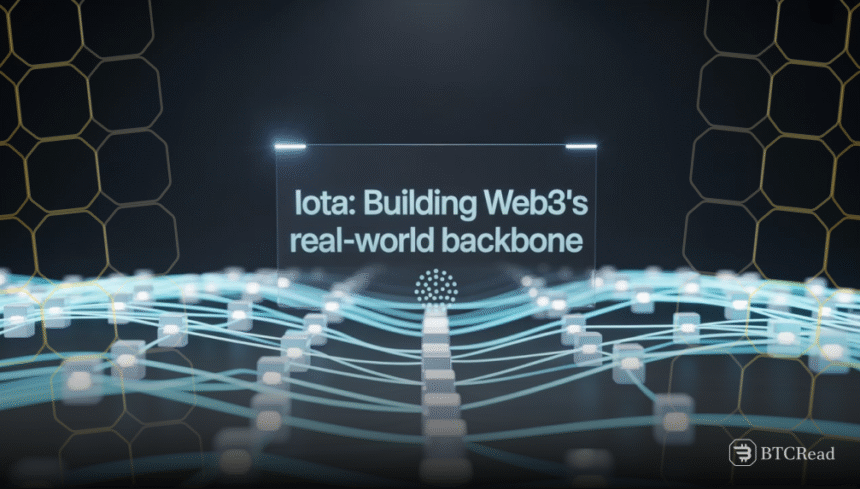IOTA has emerged as a serious contender in the Web3 space by aligning its technology with real-world adoption goals. Unlike projects focused only on digital finance, IOTA targets global industries where legacy systems still dominate and need seamless integration.
This focus places IOTA in a unique position to serve users far beyond the boundaries of traditional DeFi platforms. The network, which started with a focus on the Internet of Things (IoT), has significantly evolved in recent years.
It transitioned from a DAG-based design toward a more general-purpose structure with the introduction of IOTA EVM. Now, IOTA Rebased supports programmable tools fit for both industrial and financial enterprise demands, ensuring usability and widespread distribution.
IOTA’s infrastructure uses two primary virtual machines to support various development requirements within one ecosystem. MoveVM at Layer 1 provides extremely secure, fine-grained resource management appropriate for the needs of regulated environments.
However, at Layer 2, the Ethereum Virtual Machine provides compatibility for Ethereum developers and supports the quick deployment of DeFi applications. This two-layer system allows IOTA to address needs at the enterprise level without compromising developer friendliness.
Modularity allows tokenized assets, identity schemes, and compliance-driven functionality to coexist under one umbrella, and it is scalable to various uses in development.
IOTA identity framework enhances regulatory compliance
However, IOTA Identity Framework provides privacy-first tools for secure audits and verifications, which are critical for industries under tight regulatory requirements.
All of these systems run on IOTA Rebased’s enhanced architecture, improving both performance and interoperability in industries of the real world.
Existing projects already encompass TLIP in Kenya, which facilitates transparent trade logistics and is growing under the TWIN program worldwide.
In the finance space, the platform offers infrastructure for tokenized assets and provides compliance-first tools well-suited to institutions wanting to access the digital economy.
Strategically, IOTA has gained approval from the Cambridge Institute for Shariah compliance, opening doors in the Middle East. Through its partnership with tokenized treasuries in Abu Dhabi and ADGM registration, IOTA solidifies its position in institutional finance.
In contrast to newer tokens, 80% of the supply of $IOTA is already in circulation, with no venture capital lockups, and is instead proving long-term fair distribution. With well over eight years of market history, IOTA demonstrates strength and ongoing viability in the blockchain space.







